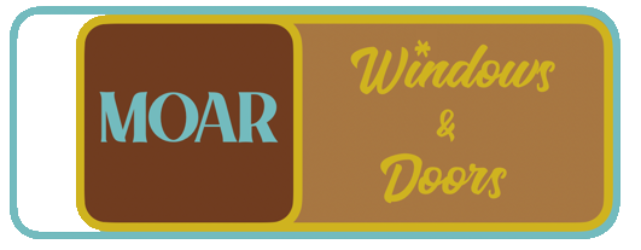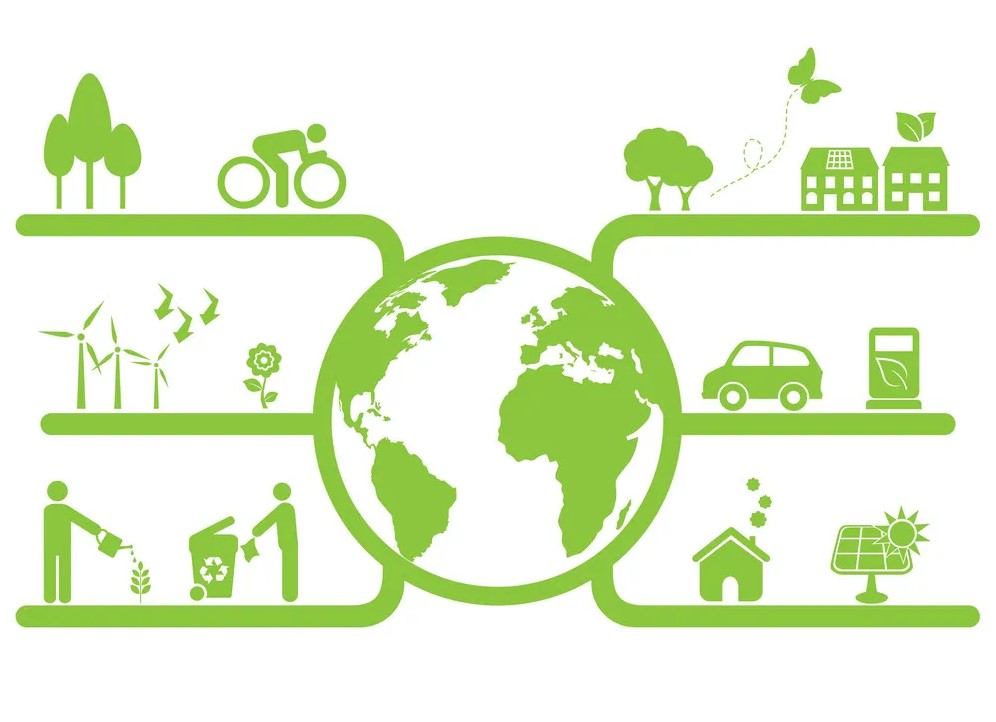Making your apartment or condominium building greener not only helps the environment, but also saves you and your residents money, shows residents that you care about their well-being, and increases your building’s marketability: you can advertise your building as one that is green – a big plus for many prospective buyers and renters!
1. Make sure to provide enough Recycling & Yard Waste/Compost containers for your residents.
Even if your building does not generate much yard waste, you can still order a Yard Waste bin for residents to discard compost. You can encourage residents to recycle and compost, by providing them with an informational sheet when they move into the unit. Here is a printable flier describing yard waste and compost (available in several languages), and here is one for recycling.
Note that in addition to helping keep unnecessary materials out of landfills, there are financial incentives: if Seattle garbage contains more than 10% recyclables, a $50 fine may be added to your garbage bill! Recycling is free: find out more at the City’s Friends of Recycling program.
2. Create a gardening space for residents to grow food and flowers.
Not only does this increase the property value by beautifying the grounds, but it also encourages residents to stay longer in your building (by improving their quality of life, giving a sense of investment in the property, and showing that you care about their needs). If you don’t have room for a courtyard garden, consider providing matching window boxes for tenants, or creating a rooftop garden.
Please visit our gardening resources page for more information.
3. When remodeling or repainting, use green and non-toxic materials.
For example: paint with non-toxic and non-VOC paints, replace carpeting with formaldehyde-free carpeting, and use reclaimed building materials from businesses like Earthwise, Second Use, or Re-Store.
4. Clean apartments and common areas with non-toxic cleaning materials.
Generally these are cheaper for you, as well as better for the environment, the individuals who are cleaning, and your residents.
5. Provide a list of local businesses and public transportation options to new residents.
The more invested your residents are in their community, the longer they are likely to stay in the building. Additionally, the stronger the local economy is in our area, the more desirable the neighborhood will become, and the higher the property value will become for you.
In lieu of providing copies to each resident, you could also post these in a central location, eg near mailboxes or in the laundry room.
6. Use locally-owned and -operated businesses for your services.
For example: cleaning services, plumbers, electricians, handymen, key duplication services, hardware stores, and management services can all come from local businesses. And again, when you support our local economy, it becomes stronger, which benefits all of us.
7. Recycle old appliances and building materials.
You can take old appliances to the Waste Management Disposal Facility for recycling, or have them picked up by calling (206) 684-3000. If the appliance still works, you can advertise it on Craigslist or Freecycle, where someone will pick it up for free.
You can donate recyclable building materials to Habitat For Humanity for a tax-deductible donation. Or you can take the materials to Earthwise, Second Use,or Re-Store. Many of these services offer pick-up or free drop-off, and some also offer store credit for your usable materials. (Note: before deconstruction, make sure to call the facility and find out its policies.)
8. Weatherproof windows and doors throughout the building.
Weatherproofing or weatherization includes: window caulking and weatherstripping; installing storm windows and/or new energy-efficient windows; pipe wrapping outdoors and in carport areas; weatherstripping exterior doors; and insulating the attic, walls, and crawlspaces. Check with Seattle City Light to see if your building might qualify for a Multifamily Weatherization Rebate. For low-income buildings, there is also a weatherization program for low-income apartment buildings.
9. Light hallways, entryways, and other common areas with CFL lights.
In addition to lasting up to 10 times longer than regular incandescent bulbs, these will use 75% less energy. This takes a big bite out of your electric bill: each bulb will save about $30 in energy costs over its lifetime! For further savings, you could install timers in common rooms such as laundry rooms, solar lights in front walkways, and light- or motion-sensors for other outdoor lights.
When the CFLs do burn out, make sure to dispose of them properly: you can take them to a Take It Back Network facility to be recycled (call the facility for details), or to a hazardous waste dropoff site. Check with Seattle City Light to see if your building might qualify for a Multifamily Lighting Rebate.
10. Make your building water-wise.
Equip bathroom and kitchen faucets with low-flow aerators, install low-flow shower heads, replace old toilets with low-flow toilets, install Energy Star washing machines in laundry rooms, repair any leaks quickly, replace ornamental landscaping with native plants, and using drip irrigation in the garden.
BONUS! Other ideas to consider.
Installing a bike rack in a secure spot, regular cleaning of furnaces and heating/cooling systems, insulating water heaters, replacing air duct filters annually, installing a clothesline in the laundry room, creating a lending library/free book exchange for residents, and uniting the residents with an annual potluck so they trade resources and hold one another accountable for making the building well-cared for and green.
Read More here: http://www.sustainablecapitolhill.org/top-10-ways-to-make-your-building-greener.html

